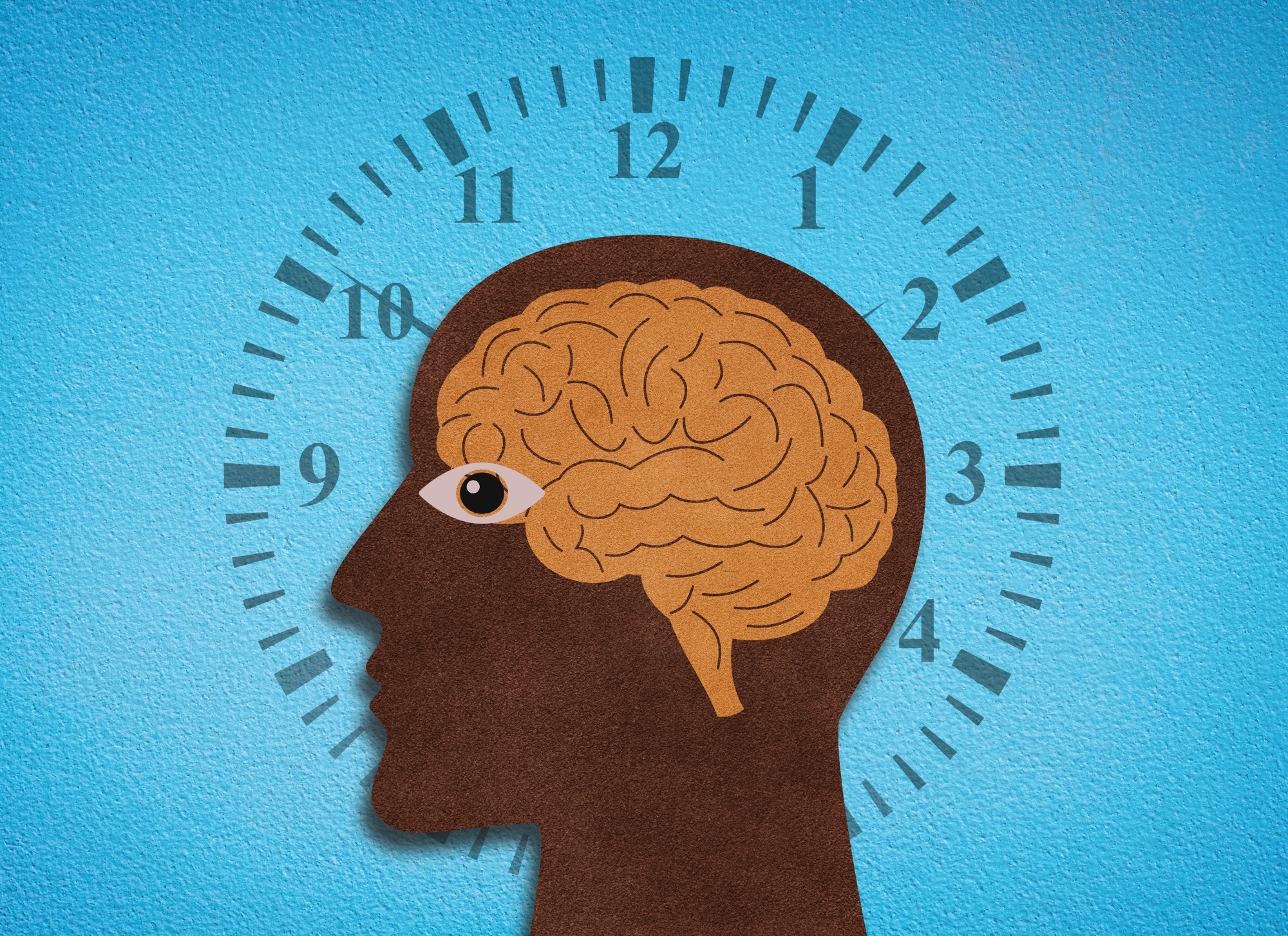The transcription of genes in the brain and other parts of the body is influenced by 24-hour circadian rhythms and sleep-wake processes, which are thought to be controlled by negative feedback loops of transcription and translation involving clock genes. However, teasing apart the roles of circadian cues and sleep-wake cycles on the rhythmic expression of genes has been difficult.
In a recent study published in Cell Systems, scientists used a mathematical, driven, damped harmonic oscillator model to assess the varying contributions of circadian cues and sleep-wake processes on gene expression and the rhythmic transcriptome.
 Study: Model integration of circadian- and sleep-wake-driven contributions to rhythmic gene expression reveals distinct regulatory principles. Image Credit: ArtemisDiana/Shutterstock.com
Study: Model integration of circadian- and sleep-wake-driven contributions to rhythmic gene expression reveals distinct regulatory principles. Image Credit: ArtemisDiana/Shutterstock.com
Background
Gene expression in various body organs follows a 24-hour rhythm controlled by clock genes, generating negative transcription and translation feedback loops.
These circadian feedback loops cause the rhythmic expression of various genes, including the clock genes themselves, resulting in a rhythmic transcriptome due to the recurring transcriptional cascades.
The suprachiasmatic nuclei, the central circadian clock in the hypothalamus, control these events.
Sleep studies have found that patterns of sleeping and waking also influence the expression of genes in the brain, with certain genes being active only when we are awake or asleep.
Surprisingly, some of the clock genes are also driven by sleep-wake patterns. However, despite these indications of molecular cross-talk between the sleep-wake-driven and circadian processes, unraveling their roles in the rhythmic expression of genes has been difficult.
About the Study
In the present study, the researchers used a mathematical model to determine which genes were controlled by circadian rhythms and which were influenced by sleep-wake patterns, to understand the health impacts of circadian rhythm disruptions.
They employed a drive, damped harmonic oscillator to distinguish between the contributions of circadian rhythms and sleep-wake patterns in the rhythmic transcriptome.
Murine models were used to observe the effects of sleep-wake pattern manipulations experimentally. To distinguish between the effects of circadian rhythms and sleep-wake processes, mice were subjected to six hours of sleep deprivation during their normal sleeping hours.
Gene expression levels in the liver and the cortex were measured at 18 different stages including baseline measurements, during sleep deprivation, and after recovering from sleep deprivation.
Ribonucleic acid (RNA) sequencing data for the liver was used to determine tissue-specific gene expression, and publicly available cortical transcriptomes and sleep-wake data were also used for the analysis.
Participants with no history of sleep disorders were enrolled in the study for the sleep-wake experiments in humans. One set of participants underwent forced desynchrony, subjected to a 28-hour sleep-wake pattern and dark or dim light cycles.
Blood samples obtained from the participants were used to measure plasma melatonin levels for in vivo assessments of circadian periods.
Another set of participants underwent the constant routine protocol where they experienced either controlled sleep of 10 hours or restricted sleep of six hours for a week, followed by constant wakefulness for 40 hours under low-light conditions.
The light intensity and food intake were controlled during this protocol, and cortisol and melatonin levels in the blood were used to determine the circadian phase. The blood samples were also used to extract total RNA.
Additionally, polysomnography measurements consisting of electroencephalography (EEG), electrooculography (EOG), and electromyography (EMG) were conducted on both the murine subjects and human participants to identify the various sleep stages.
Major Findings
The study found that the gene expression in blood and liver was dictated largely by circadian factors, while the sleep-wake patterns had a greater influence on the transcription of genes in the cortex.
Sleep deprivation was also found to have a more sustained inter- and intra-tissue desynchronization, and the recovery or rebound sleep that followed sleep deprivation was responsible for these sustained changes in gene expression.
Furthermore, the expression of genes with slower response dynamics was especially affected by the rebound sleep following sleep deprivation.
The tissue-specific responses showed that even the clock genes in the cortex showed greater responses to sleep-wake patterns rather than circadian rhythms. This also resulted in a significant difference between the circadian rhythms of the cortex and the liver.
The sleep-wake patterns affected all clock genes except one, including the Npas2 and Clock genes, which code for basic-helix-loop-helix PAS transcription factors that regulate the transcription of clock-controlled genes.
Conclusions
The findings highlighted the complex cross-talk between circadian rhythms and sleep-wake patterns and its influence on gene expression.
The study found tissue-specific responses to both patterns, with the genes in the cortex, including the clock genes, being more affected by sleep-wake patterns.
In contrast, the gene expression in the liver and blood is controlled largely by circadian rhythms.
Journal reference:
- Jan, M., Jimenez, S., Hor, C. N., Dijk, D., Skeldon, A. C., & Franken, P. (2024). Model integration of circadian- and sleep-wake-driven contributions to rhythmic gene expression reveals distinct regulatory principles. Cell Systems. doi:10.1016/j.cels.2024.06.005. https://www.sciencedirect.com/science/article/pii/S2405471224001819